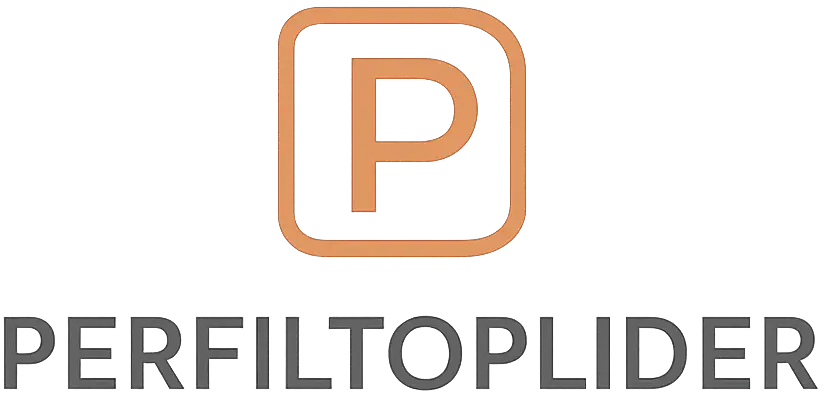Building on Solana: A Developer’s Guide to Creating Decentralized Applications
The world of blockchain and decentralized applications (dApps) has witnessed significant growth in recent years, with various platforms emerging to support the development of these applications. One such platform that has gained popularity is Solana, a fast, scalable, and decentralized blockchain network that enables developers to build high-performance applications. In this article, we will delve into the world of Solana and provide a comprehensive guide for developers looking to build decentralized applications on this platform.
Introduction to Solana
Solana is a public, open-source blockchain network that utilizes a unique consensus algorithm called Proof of History (PoH). This algorithm enables Solana to process transactions at a rate of 65,000 transactions per second, making it one of the fastest blockchain networks in the world. Solana’s architecture is designed to support the creation of decentralized applications that require high throughput, low latency, and low transaction fees.
Key Features of Solana
Before diving into the development process, it’s essential to understand the key features of Solana that make it an attractive platform for building dApps. Some of the notable features include:
- Fast Transaction Processing: Solana’s PoH consensus algorithm enables fast transaction processing, making it ideal for applications that require high throughput.
- Low Transaction Fees: Solana’s transaction fees are significantly lower compared to other blockchain networks, making it an attractive option for developers.
- Scalability: Solana’s architecture is designed to support a large number of users and transactions, making it an ideal platform for building high-performance applications.
- Decentralized Governance: Solana’s decentralized governance model enables developers to propose and vote on changes to the network, ensuring that the platform remains community-driven.
Getting Started with Solana Development
To start building on Solana, developers need to have a basic understanding of blockchain development and programming languages such as Rust, C++, or JavaScript. Here’s a step-by-step guide to get started:
- Install the Solana CLI: The Solana CLI is a command-line interface that enables developers to interact with the Solana network. Download and install the Solana CLI on your machine.
- Set up a Wallet: Create a Solana wallet to store and manage your SOL tokens. You can use a wallet like Phantom or Solflare.
- Choose a Programming Language: Solana supports multiple programming languages, including Rust, C++, and JavaScript. Choose a language that you’re comfortable with and start building.
- Use the Solana SDK: The Solana SDK provides a set of libraries and tools that enable developers to build, test, and deploy Solana applications. Use the SDK to create and manage your Solana application.
Building a Decentralized Application on Solana
Once you’ve set up your development environment, you can start building your decentralized application on Solana. Here’s a high-level overview of the process:
- Define Your Application’s Requirements: Determine the requirements of your application, including the type of data you want to store, the transactions you want to process, and the users you want to interact with.
- Design Your Application’s Architecture: Design the architecture of your application, including the components, modules, and interfaces that will be used to build and deploy your application.
- Write Smart Contracts: Write smart contracts that define the rules and logic of your application. Solana’s smart contract platform, called Solana Program, enables developers to write contracts in languages like Rust and C++.
- Test and Deploy Your Application: Test your application thoroughly to ensure that it works as expected. Once you’ve tested your application, deploy it to the Solana mainnet or a testnet.
Solana Ecosystem and Tools
The Solana ecosystem is rapidly growing, with a wide range of tools and resources available to support developers. Some of the notable tools and resources include:
- Solana Explorer: A blockchain explorer that enables developers to view and analyze transactions, blocks, and accounts on the Solana network.
- Solana SDK: A software development kit that provides a set of libraries and tools for building, testing, and deploying Solana applications.
- Solana CLI: A command-line interface that enables developers to interact with the Solana network.
- Phantom: A popular Solana wallet that enables users to store, send, and receive SOL tokens.
Conclusion
Building on Solana offers a unique opportunity for developers to create high-performance, decentralized applications that can scale to meet the needs of a growing user base. With its fast transaction processing, low transaction fees, and decentralized governance model, Solana is an attractive platform for developers looking to build the next generation of dApps. By following the guidelines outlined in this article, developers can get started with building on Solana and create innovative applications that leverage the power of blockchain technology.
Additional Resources
For developers who want to learn more about building on Solana, here are some additional resources:
- Solana Documentation: The official Solana documentation provides a comprehensive guide to building on Solana, including tutorials, APIs, and software development kits.
- Solana Community: The Solana community is active and supportive, with a wide range of resources available, including forums, chat channels, and social media groups.
- Solana GitHub: The Solana GitHub repository provides access to the Solana codebase, including the Solana SDK, Solana CLI, and other tools and resources.
By leveraging these resources and following the guidelines outlined in this article, developers can unlock the potential of Solana and build innovative, decentralized applications that can change the world.
